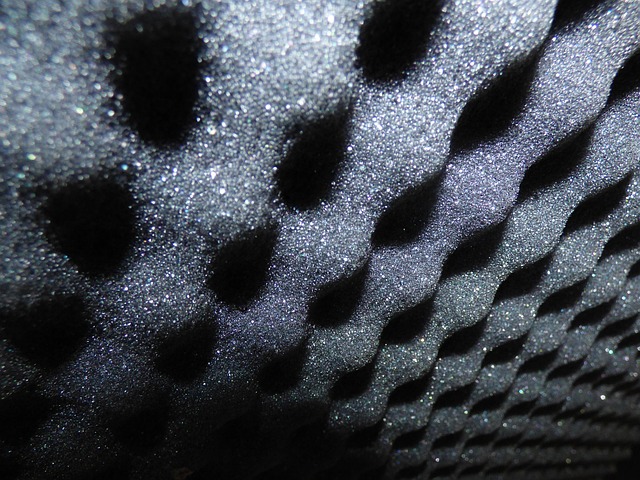In the world of photography, capturing the perfect shot is an art form that relies heavily on both technique and conditions. One often-overlooked element that plays a vital role in our equipment’s performance is moisture. As photographers, whether enthusiasts or professionals, we strive to maintain our cameras in top condition to preserve the integrity of our images. This is where the importance of a moisture absorber comes into play.
Moisture, a companion of various climates, can spell disaster for optics. When humidity levels rise, moisture can condense on the internal components of your camera, leading to fogging lenses and potential damage to delicate electronics. As any photographer will tell you, the last thing you want when you’re ready to take a breathtaking shot is a camera struggling with condensation. This is why incorporating a moisture absorber into your camera care routine can be a game changer.
Imagine being out on a picturesque landscape shoot, the golden hour casting a warm glow over everything around you. You’re poised to capture that perfect sunset, but the humidity in the air is starting to seep into your gear. Utilizing a moisture absorber not only helps protect your camera from unpredictable weather changes but also ensures that your optics remain clear and your focus stays sharp.
There are various types of moisture absorbers available on the market, from silica gel packets to specialized drying agents designed specifically for camera bags. Silica gel, for instance, is a practical and effective option due to its high absorption capacity. These little packets can easily be placed in your camera bag to absorb excess moisture, keeping your beloved gear safe and functioning optimally.
In addition to protecting your camera from humidity, moisture absorbers can also help prolong the life of your lenses. For photographers who frequently invest in quality optics, the last thing you want is for mold or fungus to form on your precious glass due to damp environments. The placement of a moisture absorber can dramatically reduce the likelihood of such issues, allowing you to keep shooting without the constant worry of weather-related damage.
Every photography session brings its unique set of challenges, but managing moisture doesn’t have to be one of them. By incorporating a moisture absorber into your kit, you not only safeguard your equipment against the elements but also enhance your overall shooting experience. You’ll find that with the right tools in hand, you can focus solely on what truly matters—the moments you wish to capture. So, as you plan your next outing, don’t forget to consider the impact of moisture and equip yourself accordingly; your camera will thank you for it!




